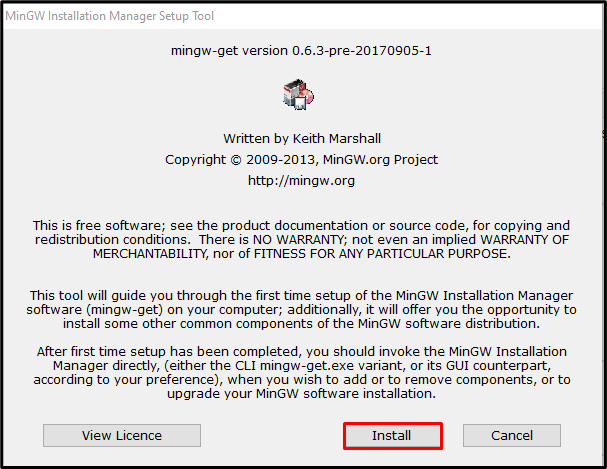


It is typically used to create executable programs and libraries from source code. If you’re not sure what a command entails, you can dry run it by using the -n flag. By using make, we can invoke the remove target we created in the makefile to delete all executable and *.o files. New1 was created as a directory, and we accessed it from the Make command on the directory. Using various examples, we will go over the various usage options for the make command. The make command looks for the makefile and finds the specific targets, and then uses them as arguments. System administrators can compile and install open-source software via the make command, while developers can manage and compile projects via the make command. In this article, we will discuss the basics of the ‘make’ command and how to use it effectively. The ‘make’ command can also be used to automate tasks such as backing up files or cleaning the system. The ‘make’ command is typically used to compile programs or install software packages. The ‘make’ command is a very important tool in Linux that allows the user to create repeatable processes. Assuming you would like an article discussing the ‘make’ command in Linux:


 0 kommentar(er)
0 kommentar(er)
